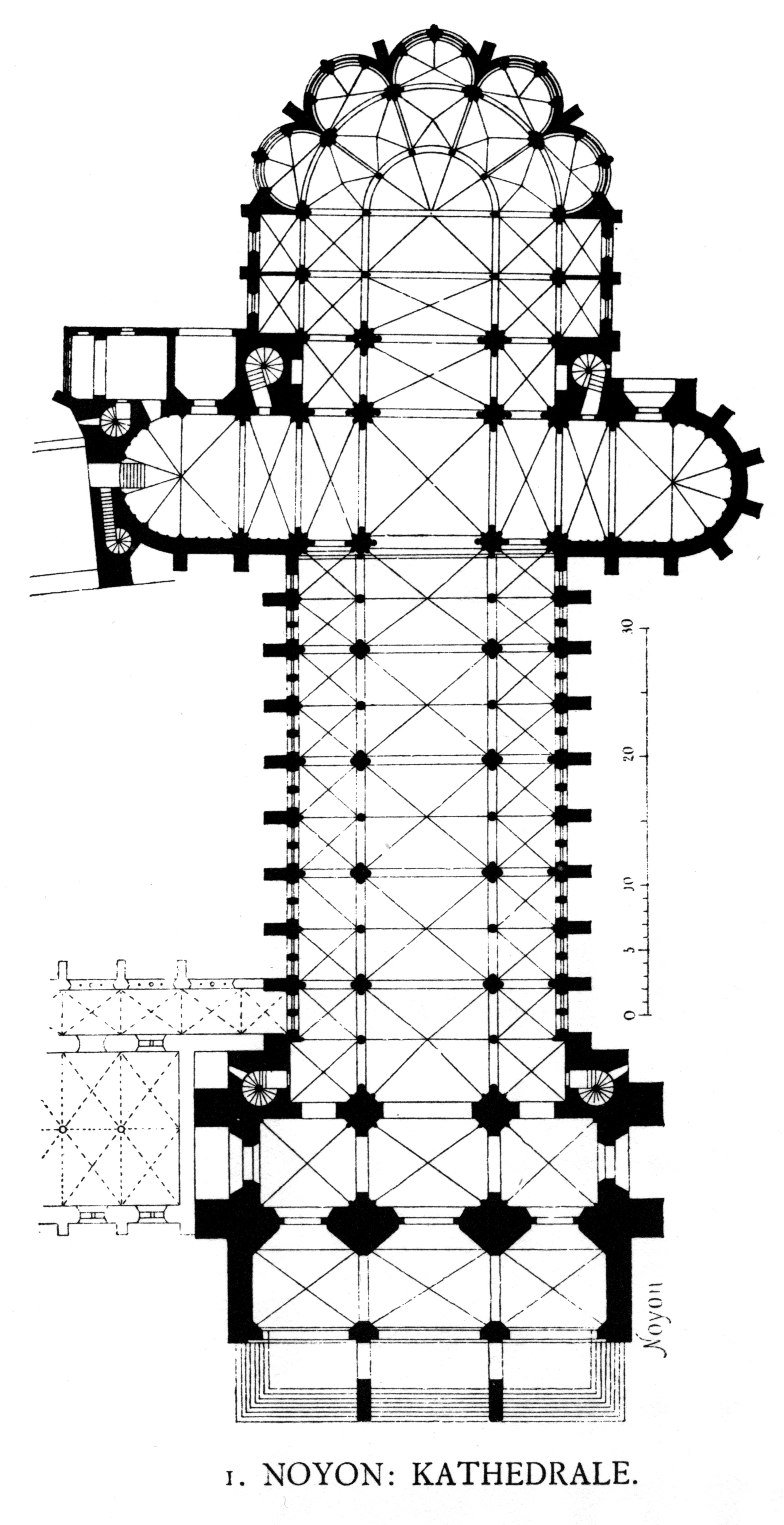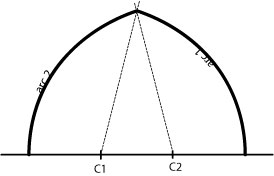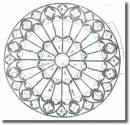
Gothic style architecture does not differ from ancient art in that it can be split into several sub-styles (chronologically speaking) and in that it is mainly based on geometrical rules of arrangements of architectural elements, themselves based on their own dimensioning rules (Figure). On the other hand, there are very few textbooks describing these geometrical canons, for two reasons: at that time there was no distinction between craftsman, architect or erector, the knowledge of building rules was mostly transmitted 'talk shop', plans and elevations were often drawn directly on the ground site. Secondly paper was precious, books were rare and most of them have been damaged or destroyed since then.

Probably the most commonly admitted reference texts are those from Villard de Honnecourt (Honnecourt 2008) in his 'Carnet' (notebook), around 1230, in which only sixty pages out of one hundred remain. More recently in the 19th century, Viollet-le-Duc published his 'French Architecture Argumentative Dictionary, from 11th to 16th century' (Viollet-le-Duc, 1967). These books and the great number of remaining buildings lead to the main point of the gothic style: it is far more various and rich than the ancient art styles in shapes and measurements.
Our study of gothic architecture focused firstly on the gothic vault. All the vault types (derived from previous Romanesque styles) were classified depending on their plans, as well as their ridge and web geometrical and structural constitution: pointed barrel, groin vault, rib vault... The choice of a set of geometric parameters can then be used to entirely build a specific vault by instantiating its architectural elements (boss, ridge, web...) and applying to them the geometric rules of that particular vault type.









